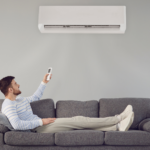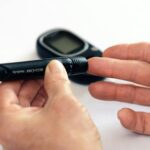Asthma and anxiety can share similar symptoms, making it difficult to differentiate between the two. If you often feel breathless, tight-chested, or like you can’t get enough air, you might wonder whether you’re experiencing silent asthma or an anxiety attack. While both conditions can cause respiratory distress, their underlying causes and treatments are very different.
This blog will help you understand the differences between silent asthma and anxiety, how to identify the triggers, and when to seek medical attention.
What is Silent Asthma?
Silent asthma is a form of asthma where symptoms like wheezing and coughing are minimal or absent, making it harder to detect. Instead of the classic signs of an asthma attack, a person with silent asthma might experience:
- Shortness of breath
- Chest tightness or discomfort
- A feeling of not getting enough air
- Fatigue due to reduced oxygen intake
Since silent asthma lacks obvious wheezing, it can go undiagnosed until a person experiences a severe attack. This makes it crucial for individuals with asthma to monitor their lung function and recognize subtle warning signs.
Common Triggers of Silent Asthma
- Allergens (pollen, dust mites, pet dander)
- Air pollution (smoke, chemical fumes)
- Exercise-induced bronchoconstriction
- Cold air or weather changes
- Respiratory infections
- Strong fragrances (perfumes, candles, air fresheners)
What is an Anxiety Attack?
Anxiety attacks, also called panic attacks, occur when the body’s stress response is activated, often without an immediate external threat. They can cause intense physical symptoms that resemble breathing difficulties, including:
- Hyperventilation (rapid, shallow breathing)
- A feeling of choking or suffocation
- Chest tightness or pain
- Dizziness or lightheadedness
- Heart palpitations (rapid or pounding heartbeat)
- Numbness or tingling in hands and feet
These symptoms can be frightening, leading some people to mistake an anxiety attack for an asthma attack. However, anxiety attacks are usually triggered by emotional distress rather than physical allergens or environmental factors.
Common Triggers of Anxiety Attacks
- High stress levels
- Fear or worry
- Traumatic experiences
- Caffeine or stimulant consumption
- Hyperawareness of breathing (which can make the sensation worse)
Key Differences Between Silent Asthma and Anxiety
| Feature | Silent Asthma | Anxiety Attack |
|---|---|---|
| Main Cause | Airway inflammation and constriction | Stress response and hyperventilation |
| Breathing Pattern | Difficulty exhaling, chest tightness | Rapid, shallow breathing (hyperventilation) |
| Trigger Type | Physical (allergens, cold air, exertion) | Emotional (stress, fear, worry) |
| Response to Inhaler | Improves with bronchodilators | No improvement with inhaler |
| Duration | Can last for hours or days | Usually peaks within 10-30 minutes |
| Associated Symptoms | Fatigue, silent airway restriction | Heart palpitations, dizziness, tingling |
My Personal Experience
For me, it becomes very difficult to differentiate between an anxiety attack and an asthma attack. The best way I identify the difference is that an anxiety attack usually goes away within 15 minutes and taking my mind off things helps, whereas an asthma attack is more severe and persistent. Recognizing this pattern has helped me manage both conditions more effectively.
How to Tell the Difference
- Check Your Triggers: If your symptoms appear after exposure to allergens, cold air, or exercise, it’s likely silent asthma. If they happen during stressful situations, anxiety is more probable.
- Observe Your Breathing Pattern: Silent asthma makes it harder to breathe out, while anxiety causes rapid, shallow breathing.
- Try a Quick-Relief Inhaler: If using a rescue inhaler (like albuterol) relieves your symptoms, asthma is the likely cause. If it has no effect, anxiety could be responsible.
- Check for Additional Symptoms: If you experience numbness, dizziness, or an overwhelming sense of dread, it may be anxiety rather than asthma.
- Use a Peak Flow Meter: A peak flow meter can measure how well your lungs are functioning. Low readings indicate asthma rather than anxiety.
When to Seek Medical Help
- If you’re unsure whether you have silent asthma or anxiety, consult a doctor for lung function tests and evaluations.
- Seek emergency medical attention if you experience severe shortness of breath, difficulty speaking, or blue lips/fingertips.
- If anxiety is interfering with your daily life, consider therapy, relaxation techniques, or breathing exercises to manage stress.
Conclusion
Silent asthma and anxiety can feel similar, but understanding the key differences can help you respond appropriately. If you suspect you have silent asthma, getting diagnosed and managing triggers is essential to prevent serious complications. If anxiety is the root cause of your breathlessness, relaxation techniques and mental health support can be beneficial. By learning to recognize the signs, you can take control of your health and breathe easier.
Please share your experience in the asthma friend community.












